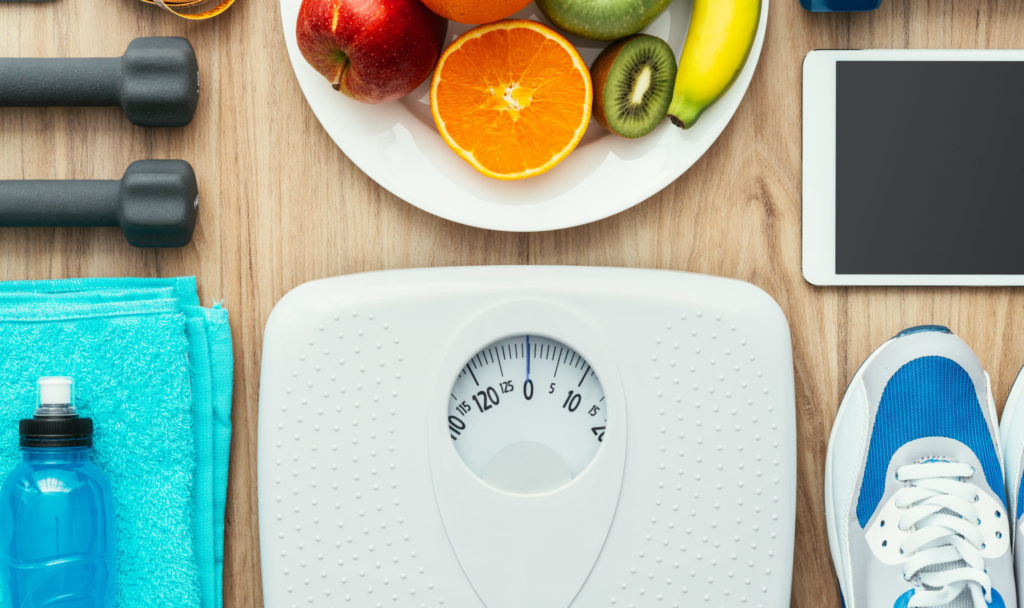Avoid these traps and stay on track with your weight loss plan.
Finding a weight-loss plan that you can stick with sometimes involves a little trial and error. Research shows you’ll have more success if you avoid these five common pitfalls:
- Only eating a low-calorie diet—reducing your overall calorie intake is important, but to lose weight you need to exercise, too.
- Reward progress with poor food choices—If you’ve lost weight and would like to reward yourself with a high-caloric snack, keep portions small. Better yet, indulge in something else you enjoy such as going to the movies or shopping with a friend.
- Only lifting weights—Studies show resistance training is a good way to build muscle and lose pounds but add cardio exercise for best results.
Setting unrealistic goals—Aim for small successes at first and build on your progress as you go. Even moderate weight loss is beneficial to your health. - Doing too much too soon— Adopting a number of big lifestyle changes at once could lead to injury or burnout. Instead, start off slow and give your body a chance to adjust to a new weight loss program. Begin with a few minutes of exercise a day, skip television and walk around the block after dinner.
Make an Exercise Plan:
The Centers for Disease Control and Prevention say to aim for 150 minutes of moderate-intensity exercise every week. Don’t let this number overwhelm you. Exercising for 30 minutes five times a week will get you there.
Make a reasonable plan and stick to it. Schedule daily exercise on your calendar. To stay motivated and make it more enjoyable, ask a friend or family member to join you. Put some diversity into your routines, too. Take walks one week and ride your bike another week. Join a gym that offers group classes.
Everything counts when trying to lose weight.
When combined with exercise, a healthy diet plays an essential role in every successful weight loss strategy. A few simple dietary changes can help you lose weight and keep it off.
- Eat smaller portions.
- Avoid foods that are high in empty calories, such as desserts and sugary drinks.
- Choose foods higher in fiber like fresh vegetables and fruit.
Sources cdc.gov, healthfinder.gov, cdc.gov, ncbi.nlm.nih.gov
